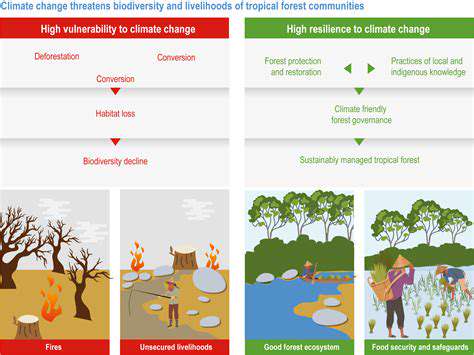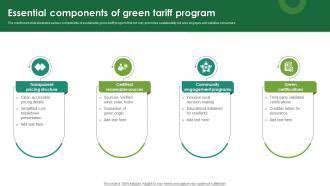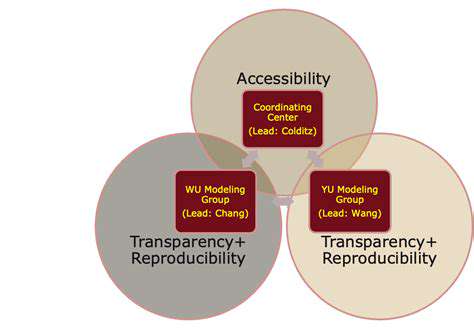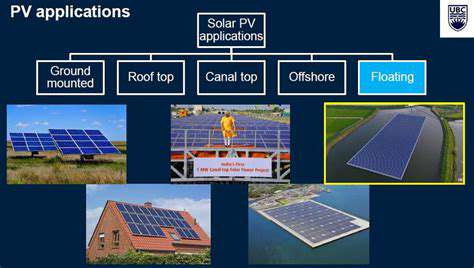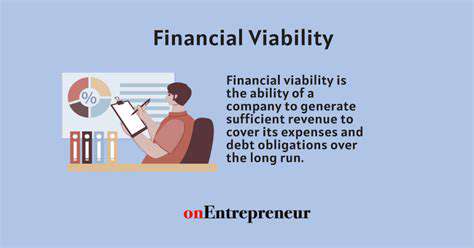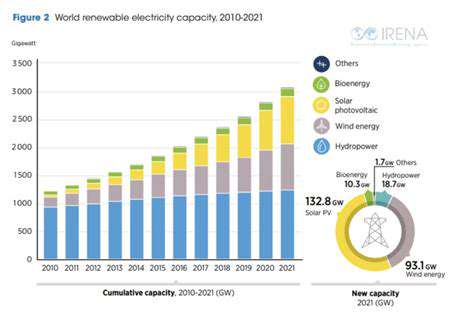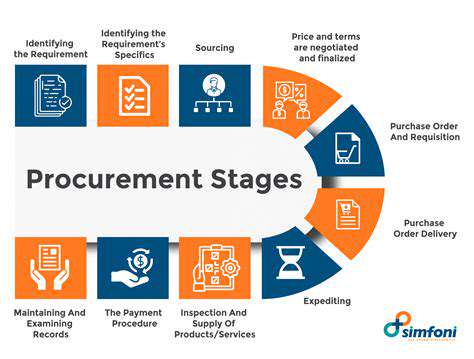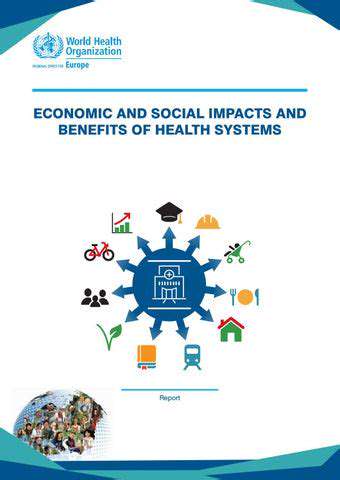Compressed Air Energy Storage (CAES): A Unique Approach
Compressed Air Storage Systems: The Core Concept
At the heart of modern energy solutions, Compressed Air Energy Storage (CAES) systems harness the simple yet powerful principle of pressurizing air to store energy. Instead of relying solely on lithium-ion batteries, these systems leverage underground caverns or specialized tanks to hold compressed air, which can later drive turbines to produce electricity. This innovative approach transforms surplus electricity into stored potential energy, creating a reliable buffer against the intermittent nature of renewable sources like solar and wind power.
The system's elegance lies in its three core components: compressors, storage vessels, and turbines. During periods of low demand, electricity powers compressors that pressurize air into storage. When demand spikes, this air rushes through turbines, generating power exactly when needed. This cyclical process creates a stable energy supply chain, smoothing out the peaks and valleys inherent in renewable energy production.
Implementation and Applications of CAES
Deploying CAES requires thoughtful planning around location, capacity, and grid requirements. Underground salt caverns have emerged as ideal storage sites due to their natural pressure resilience and vast capacity, making them particularly suitable for utility-scale implementations. These geological features provide ready-made solutions that significantly reduce construction costs compared to artificial storage tanks.
CAES technology shines in multiple energy scenarios, primarily in stabilizing electrical grids that incorporate substantial renewable energy. By absorbing excess generation during sunny or windy periods and releasing it during lulls, these systems act as giant shock absorbers for the power grid. Industrial applications also benefit, as many manufacturing processes already rely on compressed air systems, creating natural synergies between energy storage and industrial operations.
The path to widespread CAES adoption isn't without obstacles. Infrastructure demands and the complexity of managing energy flows present significant challenges. However, the technology's potential to reduce fossil fuel dependence while enhancing grid reliability makes it a compelling component of our energy future.
Advantages and Benefits of CAES
Improved Energy Efficiency
CAES stands out for its ability to time-shift energy usage effectively. By storing off-peak electricity as compressed air, these systems dramatically improve overall energy utilization. The technology essentially creates an energy savings account, allowing operators to withdraw power during high-demand periods when electricity prices peak.
Enhanced Grid Stability
Modern grids face unprecedented challenges from variable renewable generation. CAES provides an elegant solution, capable of responding to demand fluctuations within seconds. This rapid response capability helps prevent brownouts and maintains consistent power quality across the network, especially in regions with high renewable penetration.
Reduced Reliance on Fossil Fuels
The environmental benefits of CAES are substantial. By enabling greater renewable integration, these systems directly displace fossil fuel plants that would otherwise run during peak periods. This transition creates cleaner air and reduces greenhouse gas emissions while maintaining reliable power supplies.
Cost-Effectiveness in the Long Run
While upfront costs are considerable, CAES systems offer compelling economics over their lifespan. Their durable components often last decades, and the ability to arbitrage electricity prices creates ongoing revenue streams. When factoring in avoided transmission upgrades and reduced renewable curtailment, the financial case becomes even stronger.
Potential for Renewable Energy Integration
CAES and renewables form a perfect partnership. The storage technology effectively time-shifts renewable generation to when it's most needed, solving the fundamental intermittency challenge that limits solar and wind adoption. This capability makes renewable energy projects more viable and valuable to grid operators.
Scalability and Flexibility
From small industrial applications to massive grid-scale installations, CAES adapts to diverse needs. This scalability allows gradual implementation, with systems expanding as storage requirements grow. The technology's flexibility also enables creative deployment scenarios, including hybrid systems combining CAES with other storage technologies.
CAES Systems: Types and Applications
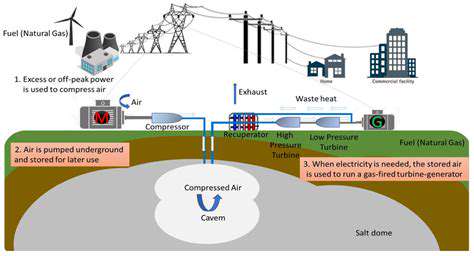
Types of CAES Systems
The CAES landscape features two distinct approaches: traditional high-pressure systems and innovative low-pressure alternatives. The conventional method uses extreme pressures (often exceeding 70 bar) stored in natural underground formations. These systems benefit from proven technology but require specific geological conditions.
Advanced low-pressure systems (typically below 30 bar) represent the next evolution, offering greater siting flexibility. These can utilize existing infrastructure like depleted gas fields, significantly reducing development costs and timelines while maintaining respectable energy densities.
Applications of CAES Systems
Grid operators increasingly view CAES as essential infrastructure, particularly for managing the duck curve phenomenon caused by solar generation. Beyond bulk energy storage, these systems provide critical grid services like frequency regulation and voltage support, often more cost-effectively than batteries for long-duration applications.
The technology also finds niche applications in industrial settings, where compressed air demands coincide with opportunities for demand response. Some forward-thinking facilities are exploring behind-the-meter CAES installations to manage energy costs and improve resilience.
Technical Considerations for CAES
Engineering challenges center on maximizing round-trip efficiency, which currently ranges from 50-70% for most systems. Material selection proves crucial, as components must withstand repeated pressure cycling without fatigue. Modern designs increasingly incorporate heat recovery systems to capture and reuse the thermal energy generated during compression.
Environmental stewardship remains paramount in CAES development. Careful site selection minimizes ecological disruption, while advanced filtration ensures air quality during both compression and generation phases. These considerations are critical for securing community support and regulatory approvals.
Economic Viability and Future Trends
The economics of CAES continue improving as the technology matures. Innovative financing mechanisms like storage-as-a-service models are making projects more accessible. Future developments may include hybrid systems combining CAES with thermal storage or hydrogen production, creating additional revenue streams and improving overall system economics.
Research focuses on advanced adiabatic systems that promise higher efficiencies by retaining compression heat. Other promising avenues include underwater compressed air energy storage and modular, above-ground systems that eliminate geological dependencies.
Challenges and Future Directions of CAES
Technological Advancements in CAES
Materials science breakthroughs are transforming CAES components, with advanced composites enabling lighter, stronger pressure vessels. Digital twins and AI-driven optimization are also emerging as powerful tools for system design and operation, potentially boosting efficiency by several percentage points.
Improving Compressor Efficiency
Next-generation compressors leverage magnetic bearings and advanced aerodynamics to reduce energy losses. Some prototypes employ isothermal compression techniques that dramatically improve efficiency by maintaining constant temperatures during the compression process.
Addressing Storage Tank Challenges
Innovative storage solutions include lined rock caverns that can be constructed in various geological settings. Researchers are also exploring flexible, membrane-based above-ground storage that could revolutionize siting options for CAES facilities.
Integration with Renewable Energy Sources
Advanced control systems now enable seamless coordination between renewable farms and CAES facilities. These smart systems can predict generation patterns and automatically optimize storage operations, creating truly renewable-powered storage solutions.
Cost Reduction Strategies
Standardized modular designs are driving down costs through mass production techniques. The industry is also benefiting from lessons learned in the natural gas sector, adapting proven technologies for compressed air applications.
Environmental Impact Assessment
Lifecycle analyses now guide CAES development, ensuring net-positive environmental outcomes. New monitoring technologies provide real-time data on system performance and environmental effects, enabling continuous improvement.
Research and Development Funding
Public-private partnerships are accelerating innovation, with several governments establishing dedicated CAES research initiatives. These collaborative efforts are tackling fundamental challenges while training the next generation of energy storage experts.



